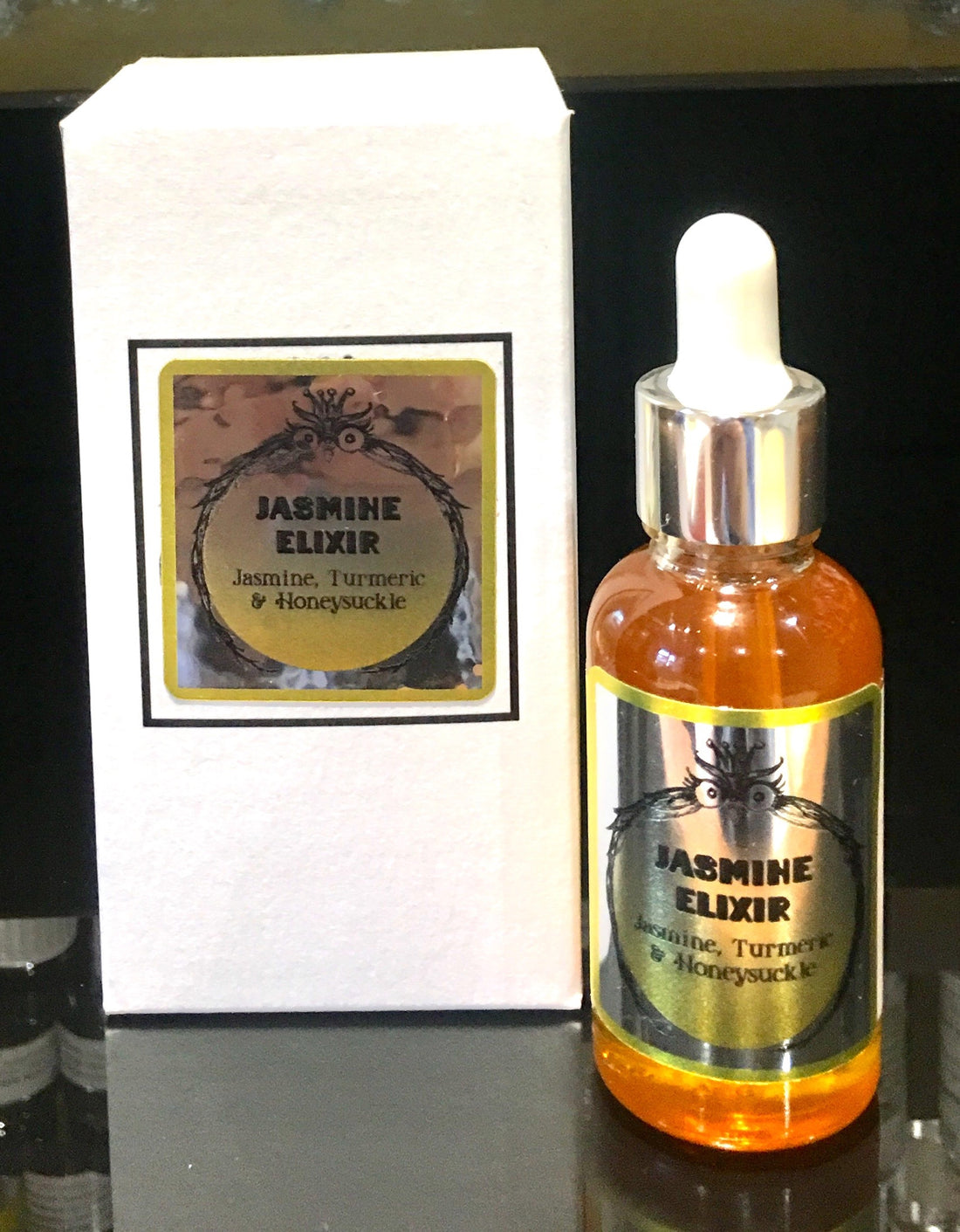There isn’t really a limit as to how may you can mix.
I think the more important factor is to mix oils that contain the properties you are looking for, depending on you skin type/age/ and skin damage. Some oils are much better for acne-prone skin, some for very dry and depleted skin, some can help lighten dark patches etc.
The price difference between carrier oils is quite surprising, so check these before deciding which to try.
Below are a few I use often in our products:
Acai Berry: Contains good amount of vitamins B1, B2,B3 , C and E. It is a powerful antioxidant with omega 6 and 9. Anti-inflammatory and useful for: arthritis, rashes, muscle pain, wounds, boils, and even herpes ulcers.
Argan: This contains 80% fatty acids, is very nourishing, high in antioxidant vitamin E. Very moisturising and soothing. It is protective and helps repair cell membranes and contains sterols with anti-inflammatory properties.
Avocado: Very nourishing, but it can leave a waxy feel on skin. Rich in essential and trace minerals and vitamin A.
Babbasu Oil: Very high in essential fatty acids.
Calendula: This stimulates the formation of new tissue, with anti-inflammatory properties, so soothes the skin. Excellent for damaged skin; it is commonly used in creams for cuts, bruises, eczema and nappy rash.
Camellia kissi: (Camellia sinensis) Non-greasy, medium absorption. Its anti-oxidants improve the texture skin. Good plant collagen, helps to prevent keloids, scar tissue & stretch marks. Contains vitamins A, B, C and E. It is a natural antioxidant and contains the highest Omega 9, (over 85%), which helps regenerate skin cells. Helpful for broken capillaries & blotchy skin .
Coconut Oil: (Fractionated) Medium-chain triglycerides: a light feel. It is distilled so only contains medium chain triglycerides.
Cranberry Seed: This contains 70% essential fatty acids and high levels of Vitamin E, omegas: 3, 6, and 9 and Vitamin A. It is nourishing, good for sun-damaged skin, scars, eczema and psoriasis. Contains the highest levels of tocotrienols and tocopherols.
Evening Primrose: Good for mature, dry skin & eczema. It is astringent with high levels of gamma linolenic acids. Some find it beneficial for PMS.
Grapeseed: This has a good variety of vitamins, minerals & proteins. Is the lightest of the oils. It is a "dry oil", so can be lighten the effect of very greasy oils.
*One I use very regularly -Hemp Seed: Vit A, B1, B2, B3, B6, C, D & E . It is soothing and restoring and increases the natural moisture retention capacity. It only has a shelf-life of about 4 months, so add Vit E or BHT 0.1% to preserve.
Jojoba: Very similar to human sebum, so is well absorbed - it contains a waxy substance that mimics collagen . High in protein and minerals and can carry other oils deeper. Protective, anti-oxidants. It can help acne and oily skin and can extend life of other oils.
Kukui Nut: This has a nice high percentage of linoleic and oleic acids.
Maqui Berry: Contains high levels of EFAS (80%), like Oleic and Linolenic acid, and can help deliver bioactive compounds deeper. It has alpha tocopherol, (a type of Vit. E which is a powerful antioxidant and free radicals exterminator!). It has the highest ORAC [oxygen radical absorbing capacity) and contains about 10% of palmitic acid (omega 7).
* Another one I use regularly -Pomegranate Seed: You don’t need to use much of this. It is rich in lipids, excellent for mature skin and prevents moisture loss. Anti-inflammatory and anti-bacterial. Used regularly it fades hyper-pigmentation and acne scars. It contains high levels of Vitamin A and cam restore the pH balance.
Prickly Pear: This contains the most Vitamin E and the highest percentage of unsaturated fatty acids (88 %) and Betelains (antioxidants) of any plant oil. Vitamin K helps lighten dark patches and minimize spider veins.
* Another excellent one - Rosehip: Great for mature skin. Vit A , E and C, helps cell regeneration, promotes collagen, essential fatty acids, aids scarring. A synthetic Retinol and 'Trans Retinoic Acid' Linoleic acid of 47-50%; alpha-Linolenic acid of 33-40%; Palmitic acid of 3-5%.
Sea Buckthorn: A very good oil, if you don’t mind the smell - and it can stain skin. Good anti-ageing with 22 fatty acids, flavonoids and flavinoids.
Sweet almond oil: Helpful for mature skin, dry skin & eczema. ~Good for inflammation.
Wheatgerm: Contains some natural sun protection. Again, good for mature skin. Contains vitamin A, vitamin B6, folic acid, Vit D and fatty acids rich in linoleic acid. Helpful for psoriasis and eczema.

3 comments
Thank you
Very informative thxs
Thank you. This was very informative. I am beginning to gather a collection of oils that I thought I might throw in together namely Moringa, Rosehip, Kumkumadi and some unidentified one that smells like almonds, but isn’t almond oil I’m hoping to make one Super Oil! Would be interested on your findings for castor oil?